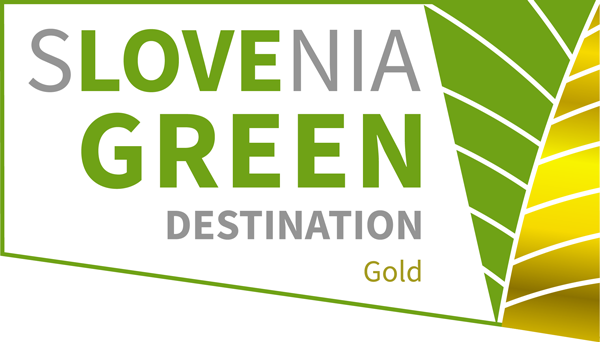The true colours of our world
The Karst and Brkini are a very special world. Their appearance and soul are due to stone long ago shaped by both water and man. Want to know how? What has water created from stone in the world of nature and what has man created from stone over the millennia?
Visit the Karst and fall in love with the beautiful signs of this dynamic coexistence on the edge of the Mediterranean.
Take this chance for a truly special experience with many sub-aspects. Meet our true colours.





